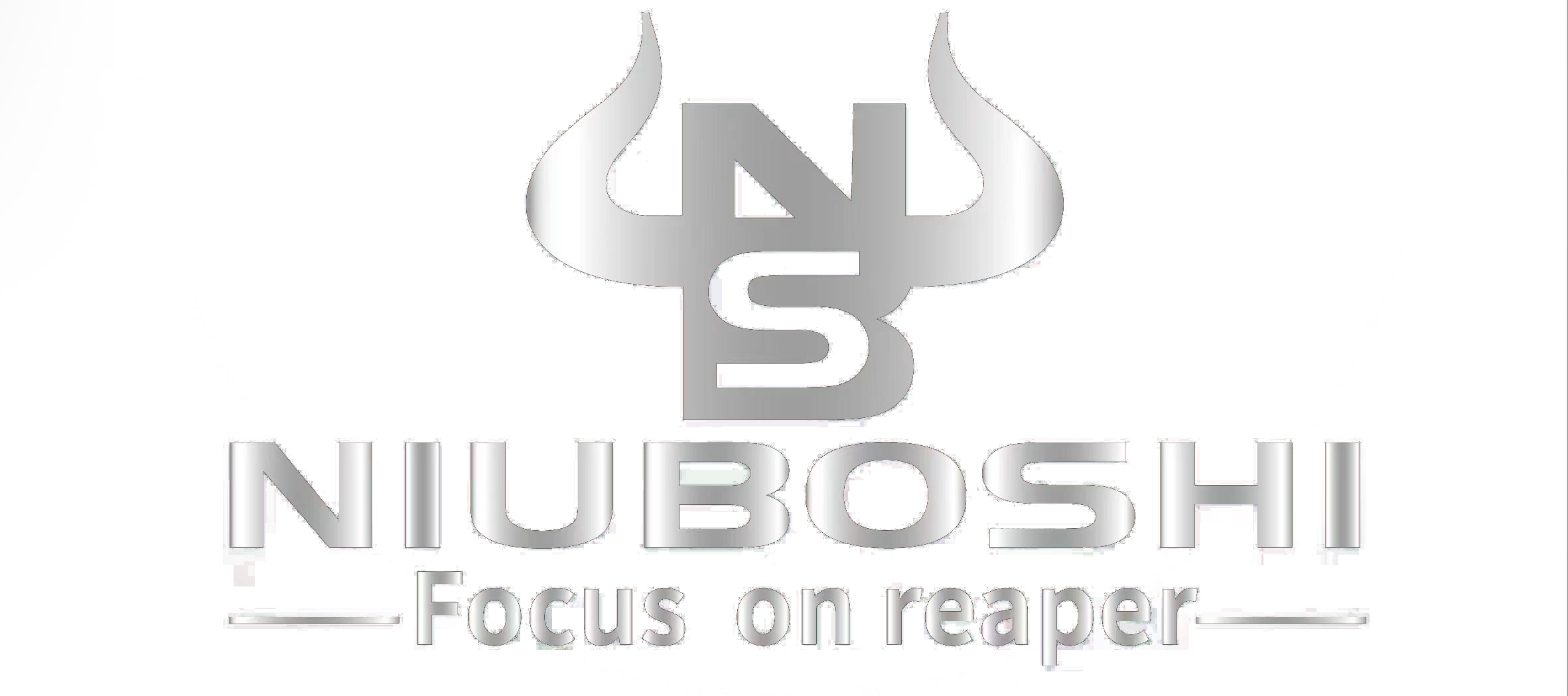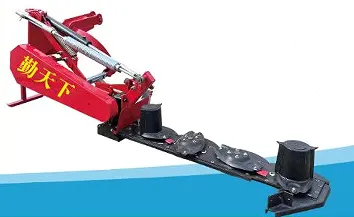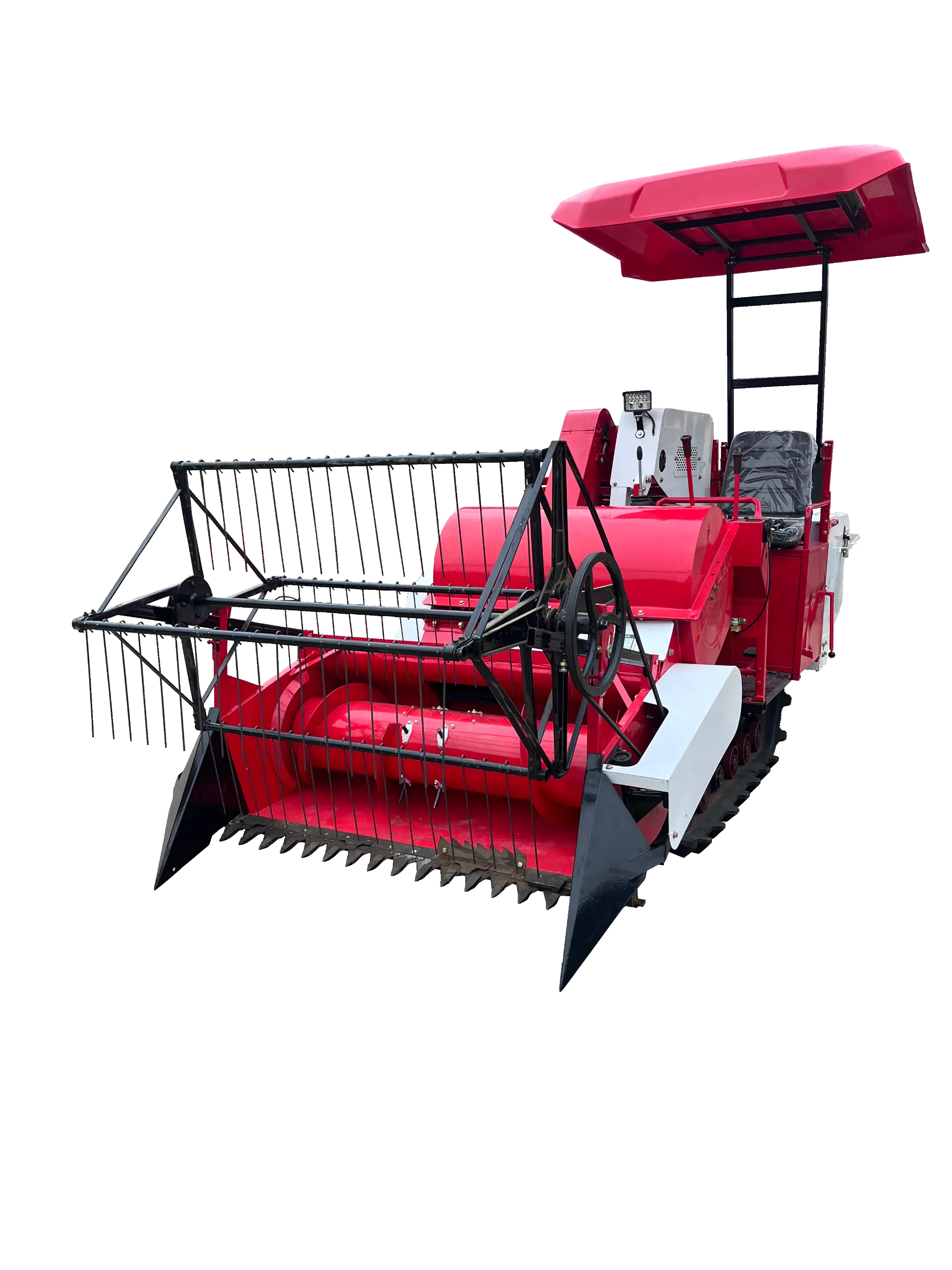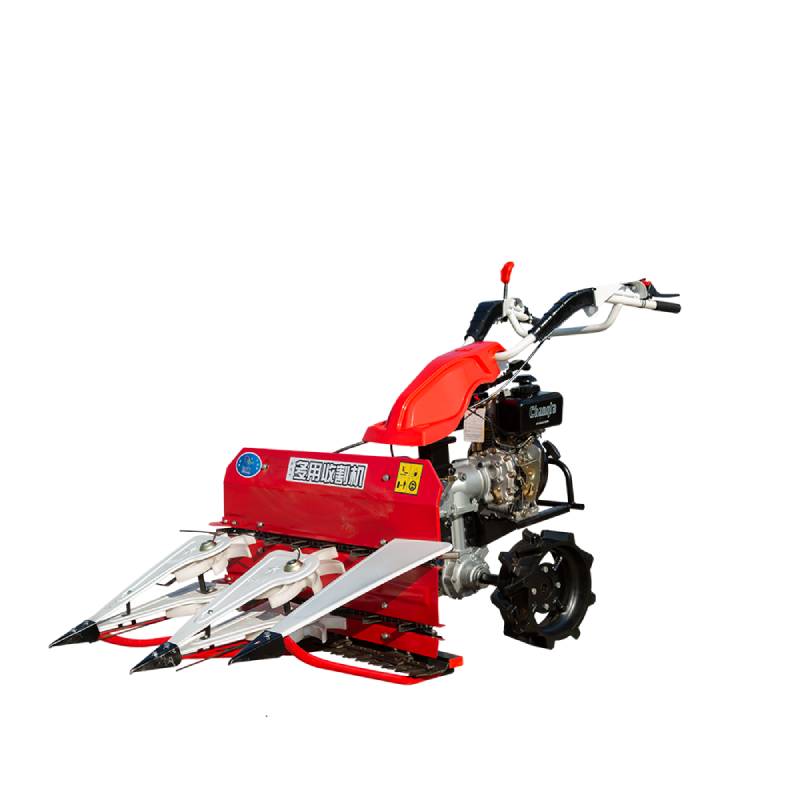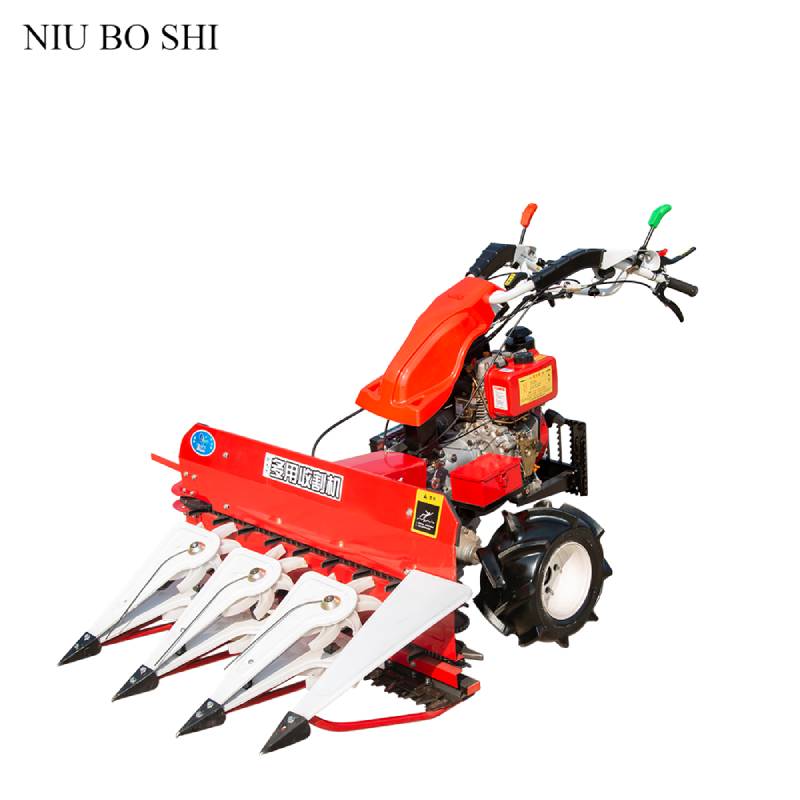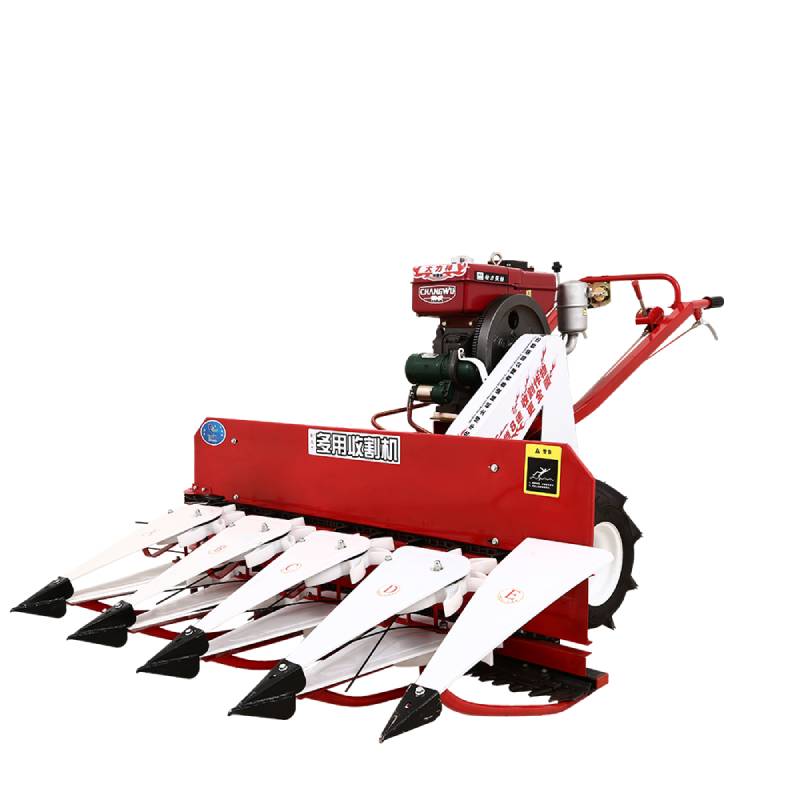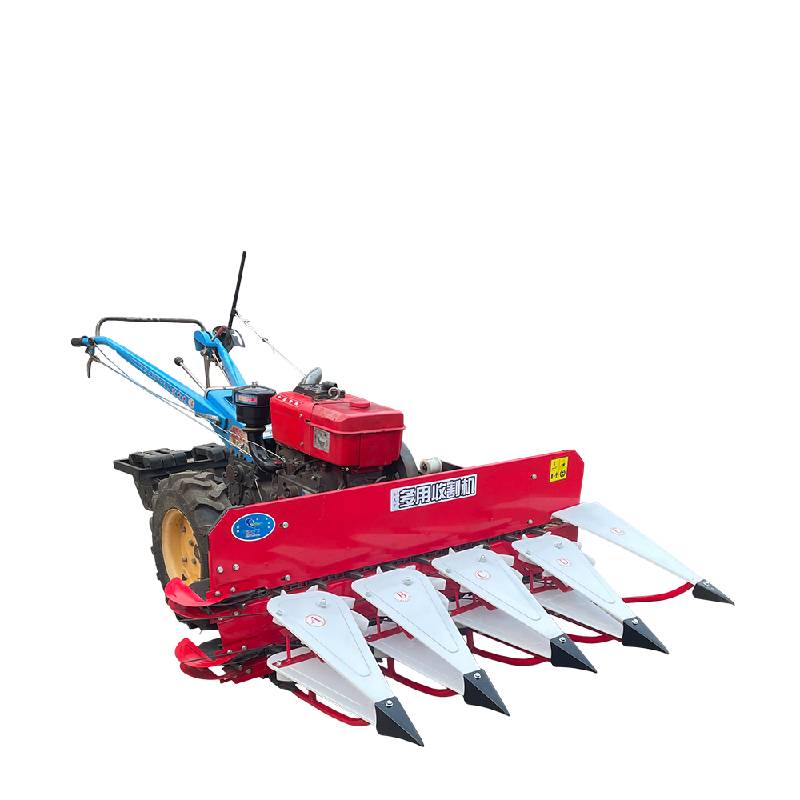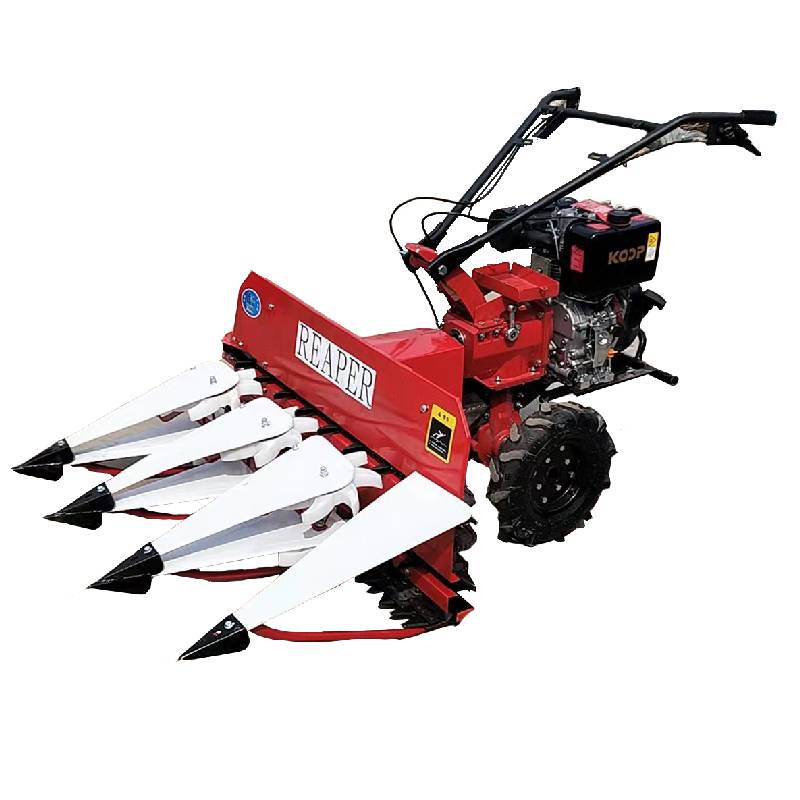Exploring the Latest Prices for Power Reaper Machines in the Agricultural Market Today
The Power Reaper Machine A Cost-Benefit Analysis
The agricultural landscape has undergone remarkable changes in recent years, with technology playing a pivotal role in enhancing efficiency and productivity. One such revolutionary equipment is the power reaper machine, a device designed for harvesting crops with minimal labor and maximum efficiency. Understanding the cost associated with procuring a power reaper machine is crucial for farmers looking to modernize their operations.
What is a Power Reaper Machine?
A power reaper, sometimes known as a powered sickle bar mower, is a mechanized tool used primarily for harvesting grain crops like wheat, barley, and oats. It features a cutting mechanism powered by an engine, which allows for faster and more efficient harvesting compared to traditional manual methods. This machine is particularly beneficial in reducing the time and labor costs involved in crop harvesting, enabling farmers to cover larger areas in a shorter period.
Pricing Overview
The price of a power reaper machine can vary significantly based on several factors, including brand, features, and regional availability. Typically, entry-level models can start from as low as $1,500, while more advanced versions with additional features can exceed $5,000 or more. Factors influencing these price variations include engine size, cutting width, build quality, and additional functionalities such as self-propulsion or adjustable cutting heights.
Cost vs. Benefits
1. Labor Cost Reduction Harvesting is one of the most labor-intensive processes in agriculture. With a power reaper, farmers can dramatically cut down on labor costs. A single machine can replace multiple workers, making it a worthwhile investment in a labor-scarce environment.
power reaper machine price

2. Time Efficiency The speed at which a power reaper operates can significantly reduce the time between crop maturity and harvest. This is crucial as delayed harvesting can lead to losses from crop spoilage or adverse weather conditions.
3. Quality of Harvest Mechanical harvesters tend to have better efficiency in reducing crop damage compared to manual harvesting. The precision with which power reapers operate can minimize loss and improve the quality of the harvested product.
4. Versatility Many modern power reapers are designed to handle a variety of crops, making them a versatile addition to any farm. This capability can be beneficial for farmers who grow multiple types of crops throughout the year.
5. Resale Value Power reaper machines often hold their value well, particularly if they are maintained properly. This means that should a farmer decide to upgrade to a more advanced model in the future, a significant portion of the initial investment can be recouped.
Financing Options
Considering the substantial investment required for power reaper machines, many farmers explore financing options, including loans, leasing, or government grants. Programs aimed at modernizing agricultural practices often provide financial assistance or subsidies to help offset the cost of purchasing essential equipment like power reapers.
Conclusion
In conclusion, the power reaper machine represents a vital investment for farmers seeking to enhance their harvesting operations. While the upfront costs can be significant, the long-term benefits, including reduced labor costs, improved efficiency, and better quality yields, often outweigh these initial expenses. As agriculture continues to evolve with technological advancements, investing in equipment like power reapers may well be the key to sustaining productivity and competitiveness in an increasingly demanding market. As such, farmers should carefully consider their options, and weigh the price of power reaper machines against their operational needs and financial capabilities, ultimately leading to more informed and strategic agricultural practices.
Latest news
-
When to Upgrade Your Old Forage HarvesterNewsJun.05,2025
-
One Forage Harvester for All Your NeedsNewsJun.05,2025
-
Mastering the Grass Reaper MachineNewsJun.05,2025
-
How Small Farms Make Full Use of Wheat ReaperNewsJun.05,2025
-
Harvesting Wheat the Easy Way: Use a Mini Tractor ReaperNewsJun.05,2025
-
Growing Demand for the Mini Tractor Reaper in AsiaNewsJun.05,2025
